Study Tips Based On Your Hogwarts House





Study Tips Based on Your Hogwarts House
Just finished rewatching all 8 of the Harry Potter films last week… and I thought why not make my first graphic related to it? So, here’s study tips for each of the Hogwarts houses! I know some of these doesn’t apply to everyone, but I had really fun time making this :) Hope this helps!
More Posts from Ocrim1967 and Others
Take me back to California 🌴❤️
















Mother Teresa’s Humility List
1. Speak as little as possible about yourself.
2. Keep busy with your own affairs and not those of others.
3. Avoid curiosity.
4. Do not interfere in the affairs of others.
5. Accept small irritations with good humor.
6. Do not dwell on the faults of others.
7. Accept censures even if unmerited.
8. Give in to the will of others.
9. Accept insults and injuries.
10. Accept contempt, being forgotten and disregarded.
11. Be courteous and delicate even when provoked by someone.











This Is What We Know About Black Holes In Advance Of The Event Horizon Telescope’s First Image
“For hundreds of years, humanity has expected black holes to exist. Over the course of all of our lifetimes, we’ve collected an entire suite of evidence that points not only to their existence, but to a fantastic agreement between their expected theoretical properties and what we’ve observed. But perhaps the most important prediction of all — that of the event horizon’s existence and properties — has never been directly tested before.
With simultaneous observations in hand from hundreds of telescopes across the globe, scientists have finished reconstructing an image, based on real data, of the largest black hole as seen from Earth: the 4 million solar mass monster at the center of the Milky Way. What we’ll see on April 10 will either further confirm General Relativity or cause us to rethink all that we believe about gravity. Eager with anticipation, the world now awaits.”
The Event Horizon Telescope will, on April 10 (tomorrow, at the time of this writing), release an image two years in the making: of the event horizon of the black hole at the Milky Way’s center. Many will look at this as the first definitive proof that black holes truly exist, but we mustn’t forget all the (overwhelming!) evidence we already have in hand. There is a ton that we already know about black holes that has been demonstrated observationally, and all of it is in spectacular agreement with what we theoretically expect.
On the eve of the Event Horizon Telescope’s big announcement, take some time to get a little perspective, and learn what we already know about black holes!


Gif by Satiricon
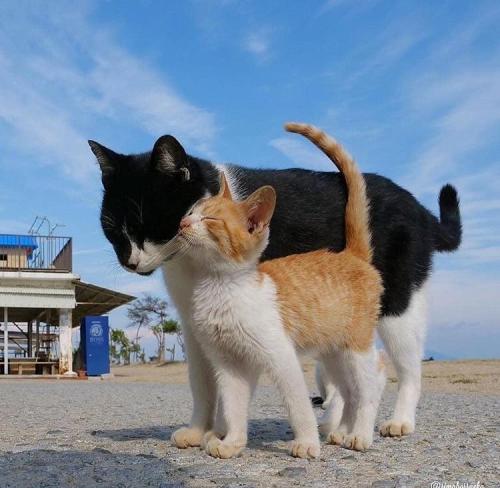
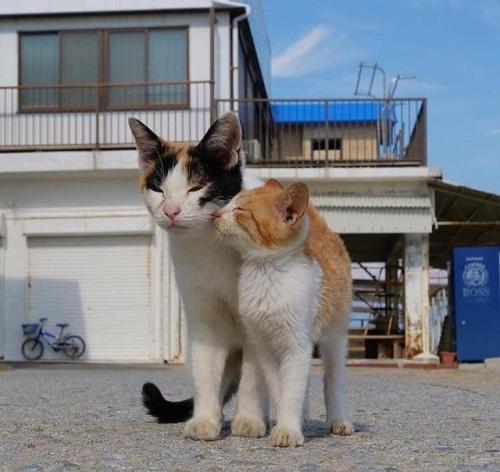
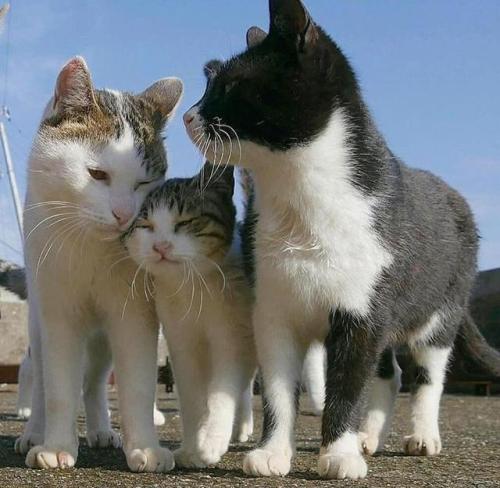
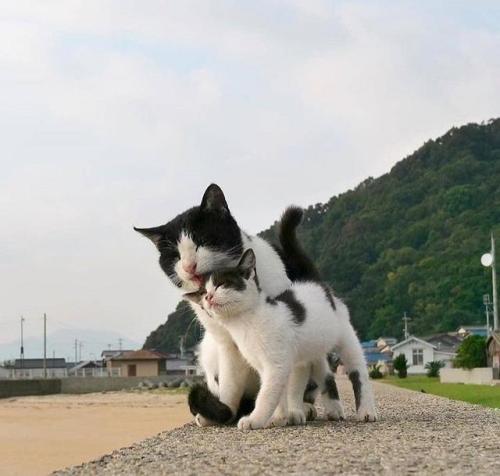
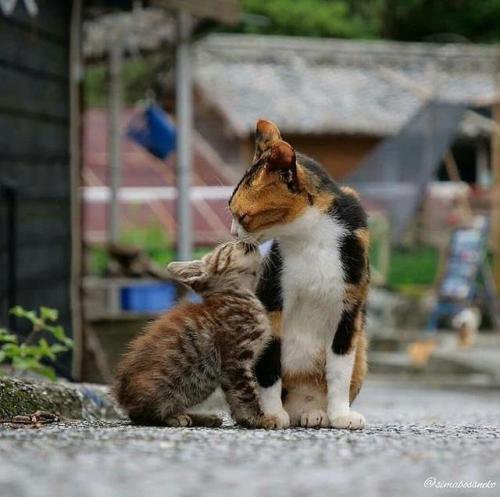
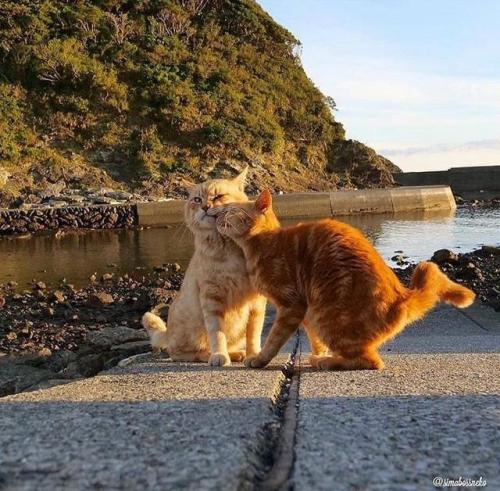
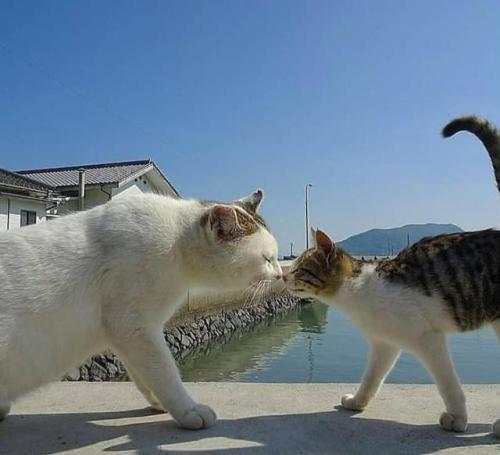
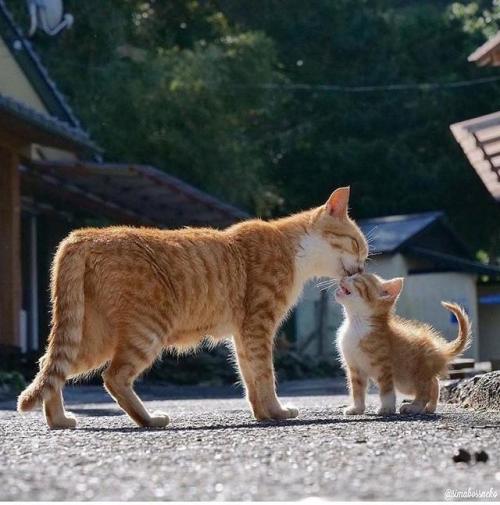
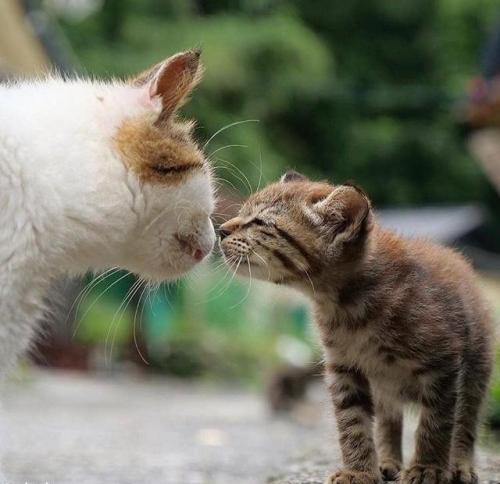
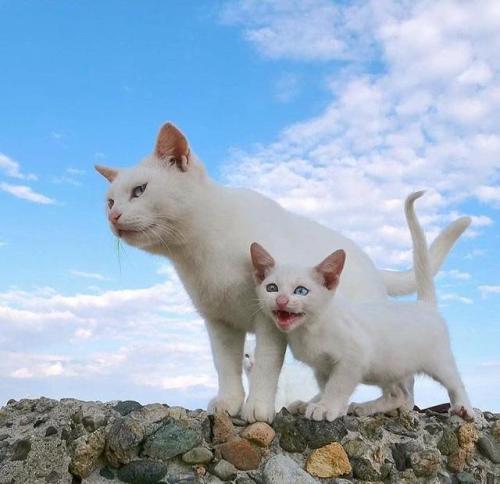
(Source)

11/08/18
Jovian Close Encounter
A multitude of magnificent, swirling clouds in Jupiter’s dynamic North North Temperate Belt is captured in this image from NASA’s Juno spacecraft. Appearing in the scene are several bright-white “pop-up” clouds as well as an anticyclonic storm, known as a white oval. This color-enhanced image was taken at 1:58 p.m. PDT on Oct. 29, 2018 (4:58 p.m. EDT) as the spacecraft performed its 16th close flyby of Jupiter. At the time, Juno was about 4,400 miles (7,000 kilometers) from the planet’s cloud tops, at a latitude of approximately 40 degrees north. Citizen scientists Gerald Eichstädt and Seán Doran created this image using data from the spacecraft’s JunoCam imager. JunoCam’s raw images are available for the public to peruse and to process into image products at: http://missionjuno.swri.edu/junocam.

During its continued mission, NASA’s Juno spacecraft will maintain its 53-day polar orbit around Jupiter. At its closest, Juno passes within 3,000 miles (5,000 kilometers) of Jupiter’s cloud tops once during each 53-day orbit. At the high end of each orbit, Juno is about 5 million miles (8-million kilometers) from the planet – which is just beyond the orbit of the Jovian moon Themisto. Credits: NASA/JPL-Caltec
Throwback Thursday: Apollo 11 FAQ Edition

With the help of the NASA History Office, we’ve identified some of the most frequently asked questions surrounding the first time humans walked on the surface of another world. Read on and click here to check out our previous Apollo FAQs.
How many moon rocks did the Apollo crews bring back? What did we learn?

The six crews that landed on the Moon brought back 842 pounds (382 kilograms) of rocks, sand and dust from the lunar surface. Each time, they were transferred to Johnson Space Center’s Lunar Receiving Laboratory, a building that also housed the astronauts during their three weeks of quarantine. Today the building now houses other science divisions, but the lunar samples are preserved in the Lunar Sample Receiving Laboratory.
Built in 1979, the laboratory is the chief repository of the Apollo samples.

From these pieces of the Moon we learned that its chemical makeup is similar to that of Earth’s, with some differences. Studying the samples has yielded clues to the origins of the solar system. In March of 2019, we announced that three cases of pristine Moon samples will be unsealed for the first time in 50 years so that we can take advantage of the improved technology that exists today!
Did you know you might not have to travel far to see a piece of the Moon up close? Visit our Find a Moon Rock page to find out where you can visit a piece of the Moon.
What did Apollo astronauts eat on their way to the Moon?

Astronaut food has come a long way since the days of Project Mercury, our first human spaceflight program that ran from 1958-1963. Back then, astronauts “enjoyed” food in cube form or squeezed out of tubes. Early astronaut food menus were designed less for flavor and more for nutritional value, but that eventually shifted as technology evolved. Astronauts today can enjoy whole foods like apples, pizza and even tacos.
Apollo crews were the first to have hot water, making it easier to rehydrate their foods and improve its taste. They were also the first to use a “spoon bowl,” a plastic container that was somewhat like eating out of a Ziploc bag with a spoon. Here’s an example of a day’s menu for a voyage to the Moon:
Breakfast: bacon squares, strawberry cubes and an orange drink.
Lunch: beef and potatoes, applesauce and a brownie.
Dinner: salmon salad, chicken and rice, sugar cookie cubes and a pineapple grapefruit drink.
What did Michael Collins do while he orbited the Moon, alone in the Command Module?

As Neil Armstrong and Buzz Aldrin worked on the lunar surface, Command Module pilot Michael Collins orbited the Moon, alone, for the next 21.5 hours. On board he ran systems checks, made surface observations and communicated with Mission Control when there wasn’t a communications blackout. Blackouts happened every time Collins went behind the Moon. In 2009, Collins wrote this in response to a flurry of media questions about the 40th anniversary of the mission:
Q. Circling the lonely Moon by yourself, the loneliest person in the universe, weren’t you lonely? A. No. Far from feeling lonely or abandoned, I feel very much a part of what is taking place on the lunar surface. I know that I would be a liar or a fool if I said that I have the best of the three Apollo 11 seats, but I can say with truth and equanimity that I am perfectly satisfied with the one I have. This venture has been structured for three men, and I consider my third to be as necessary as either of the other two.”
What will Artemis astronauts bring back when they land on the Moon?

Artemis missions to the Moon will mark humanity’s first permanent presence on another world. The first woman and the next man to explore the lunar surface will land where nobody has ever attempted to land before – on the Moon’s south pole where there are billions of tons of water ice that can be used for oxygen and fuel. We don’t know yet what astronauts will bring back from this unexplored territory, but we do know that they will return with hope and inspiration for the next generation of explorers: the Artemis generation. Make sure to follow us on Tumblr for your regular dose of space: http://nasa.tumblr.com.










Ten Solstice Facts That Everyone Should Know
“9.) The solstices are neither the hottest nor coldest days of the year. This one is actually very specific to Earth: the hottest times of the year typically correspond to approximately 6 weeks after the summer solstice, and approximately 6 weeks after the winter solstice. Other planets don’t have this same phenomenon for one very important reason: they don’t have the majority of their surfaces covered in liquid water.
The oceans themselves, being composed of large quantities of water and containing approximately 1,000 times the mass of Earth’s atmospheres, contain a tremendous amount of heat, and are slow to change their temperatures. We might receive more (or less) energy from the Sun on the summer (or winter) solstices, but the oceans require time to heat up or cool down. Global average temperature extremes, therefore, usually occur in early August and February, rather than at the June and December solstices.”
The solstice, Latin for the Sun standing still in the sky, occurs whenever the Earth’s axial tilt reaches a maximum relative to the Earth’s orbital plane around the Sun. With a tilt of 23.5 degrees, but a tilt that’s independent of our elliptical orbit around the Sun, many surprising and counterintuitive facts arise.
Want to know as many of them as possible? Come get this remarkable and fascinating list of educational facts on this year’s solstice: June 21, 2019!
All Cats Are Beautiful


















-
 annay7kix liked this · 6 months ago
annay7kix liked this · 6 months ago -
 orphic-studies liked this · 10 months ago
orphic-studies liked this · 10 months ago -
 marvelblog123 liked this · 11 months ago
marvelblog123 liked this · 11 months ago -
 towerandchariotlady liked this · 1 year ago
towerandchariotlady liked this · 1 year ago -
 aice-ingit reblogged this · 1 year ago
aice-ingit reblogged this · 1 year ago -
 thebookofdaniella liked this · 1 year ago
thebookofdaniella liked this · 1 year ago -
 evilmoriarty liked this · 1 year ago
evilmoriarty liked this · 1 year ago -
 1992dec liked this · 1 year ago
1992dec liked this · 1 year ago -
 ervilliagusperd liked this · 1 year ago
ervilliagusperd liked this · 1 year ago -
 queerhistorymajor liked this · 1 year ago
queerhistorymajor liked this · 1 year ago -
 anxieuxmort liked this · 1 year ago
anxieuxmort liked this · 1 year ago -
 contlabbasu liked this · 1 year ago
contlabbasu liked this · 1 year ago -
 languagesandstuff reblogged this · 1 year ago
languagesandstuff reblogged this · 1 year ago -
 fearofsex liked this · 1 year ago
fearofsex liked this · 1 year ago -
 giornodopogiornomisfido liked this · 2 years ago
giornodopogiornomisfido liked this · 2 years ago -
 grobleben liked this · 2 years ago
grobleben liked this · 2 years ago -
 udestudies reblogged this · 2 years ago
udestudies reblogged this · 2 years ago -
 udestudies reblogged this · 2 years ago
udestudies reblogged this · 2 years ago -
 udalooza liked this · 2 years ago
udalooza liked this · 2 years ago -
 deliciousslimekidbonk liked this · 2 years ago
deliciousslimekidbonk liked this · 2 years ago -
 naanaiii liked this · 2 years ago
naanaiii liked this · 2 years ago -
 letscandyme liked this · 2 years ago
letscandyme liked this · 2 years ago -
 fieldnotesbyfish reblogged this · 2 years ago
fieldnotesbyfish reblogged this · 2 years ago -
 romantic-cynics-whinning liked this · 2 years ago
romantic-cynics-whinning liked this · 2 years ago